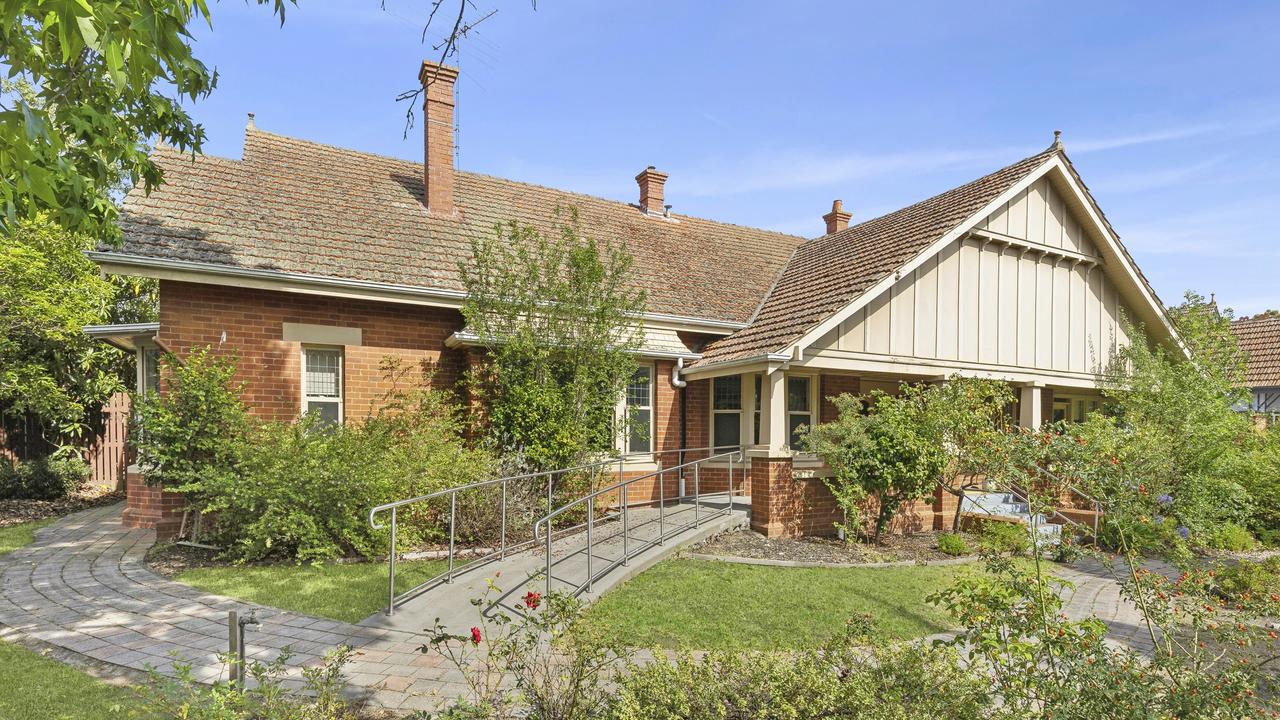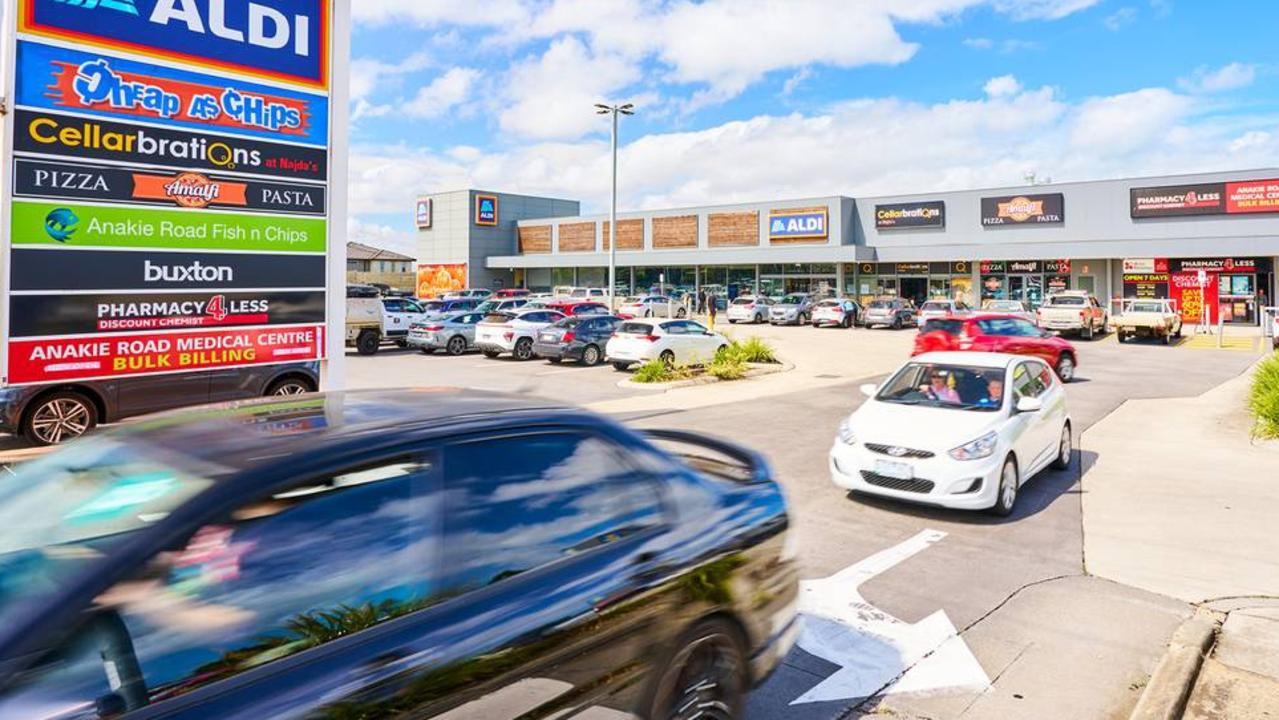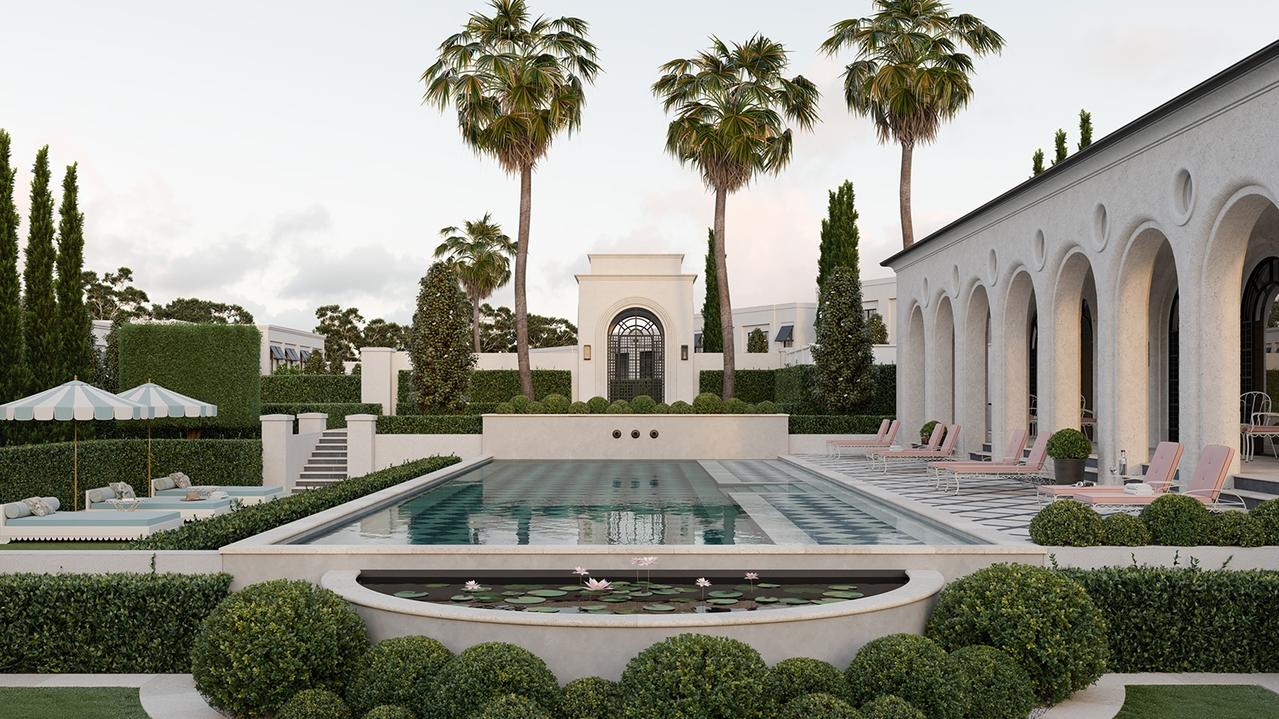Photo of a recently built Australian home exposes the disturbing future of housing
An image shared on social media of a new home in a typical suburb has gone viral and exposed a stinging irony about the housing crisis debate.
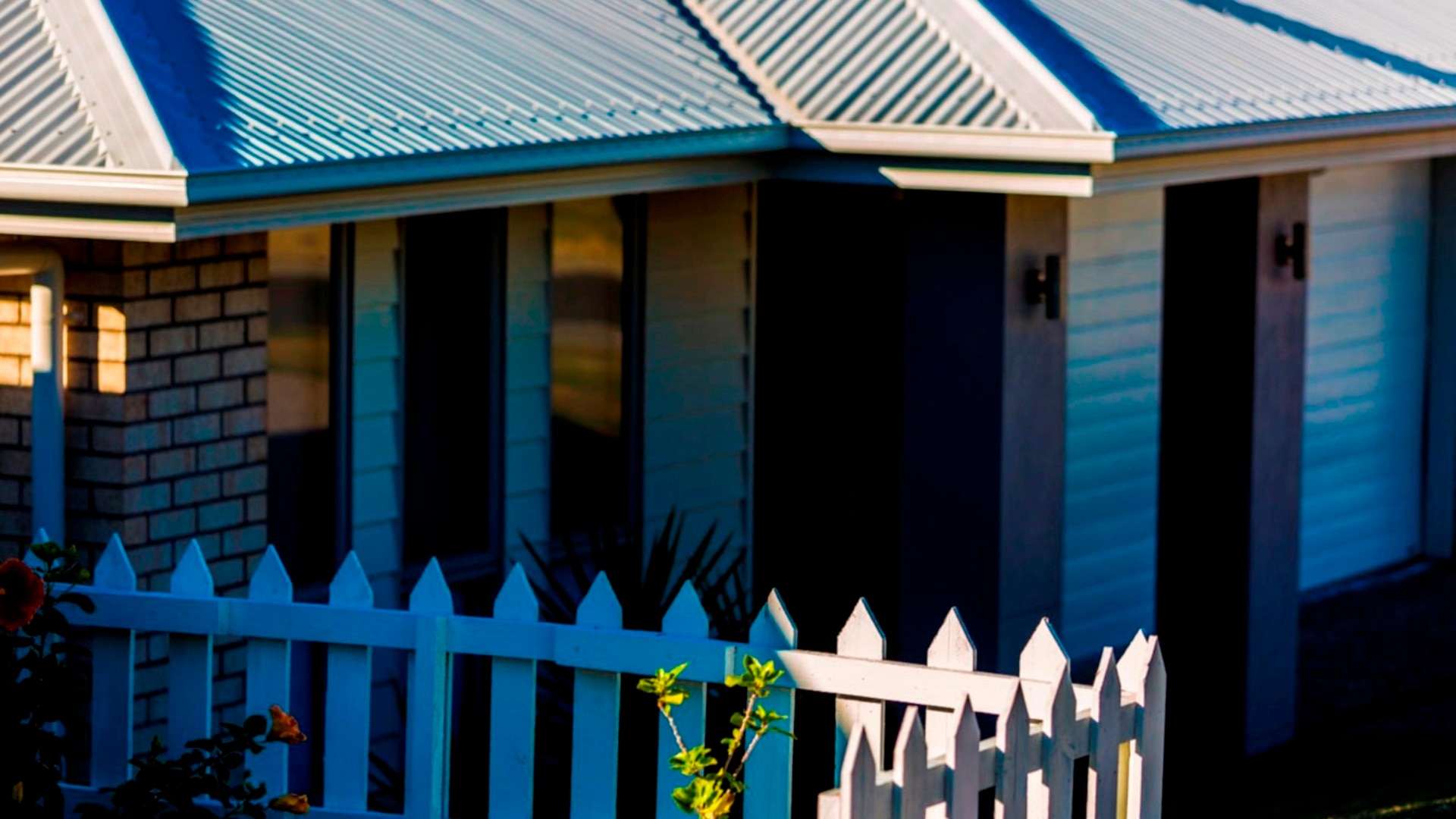
A startling image of a new home that consumes almost the entirety of the small plot of land it’s built on has sparked criticism and exposed a deep irony.
The photograph was shared on X by property firm Spachus, which described it as indicative of “the future of Australia” – dwellings built “right up to the boundary line” on a 350 square metre block – which has “become the norm”.
Its neighbours aren’t much better off, virtually touching each other at the sides and possessing tiny strips of grass at the rear.
“It’s weird because I’m constantly told high density is bad because Aussies love their backyards but then new build detached houses look like this,” one user commented.
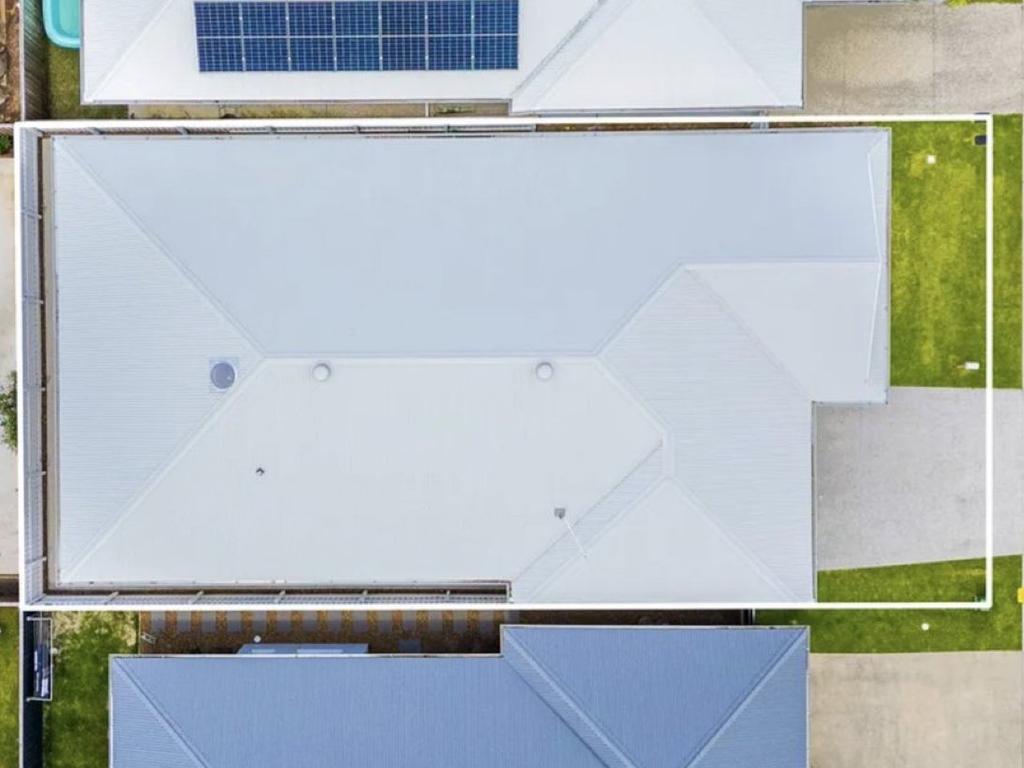
MORE: Countries that will pay Aussies $140k to move there
Indeed, the example is far from an isolated case, with current real estate listings in Sydney, Melbourne and southeast Queensland showing near-identical homes currently on the market.
Experts say the classic and beloved notion of the Aussie backyard has become an endangered species – not because of the growing population of apartments, but because the country is building the wrong kinds of houses.

MORE: Sign RBA is creating ticking time bomb
Elek Pafka, a senior lecturer in urban planning and urban design at the University of Melbourne, said detached home designs have gotten bigger and bigger over the past few decades.
Australia’s houses are now the largest in the world, beating the McMansion-famed United States, at an average size of 230 square metres.
That figure has more than doubled over the past several decades, but lot sizes have either remained the same or shrunk dramatically.
“People are left with very little green space, little vegetation, and little space between houses,” Dr Pafka said.
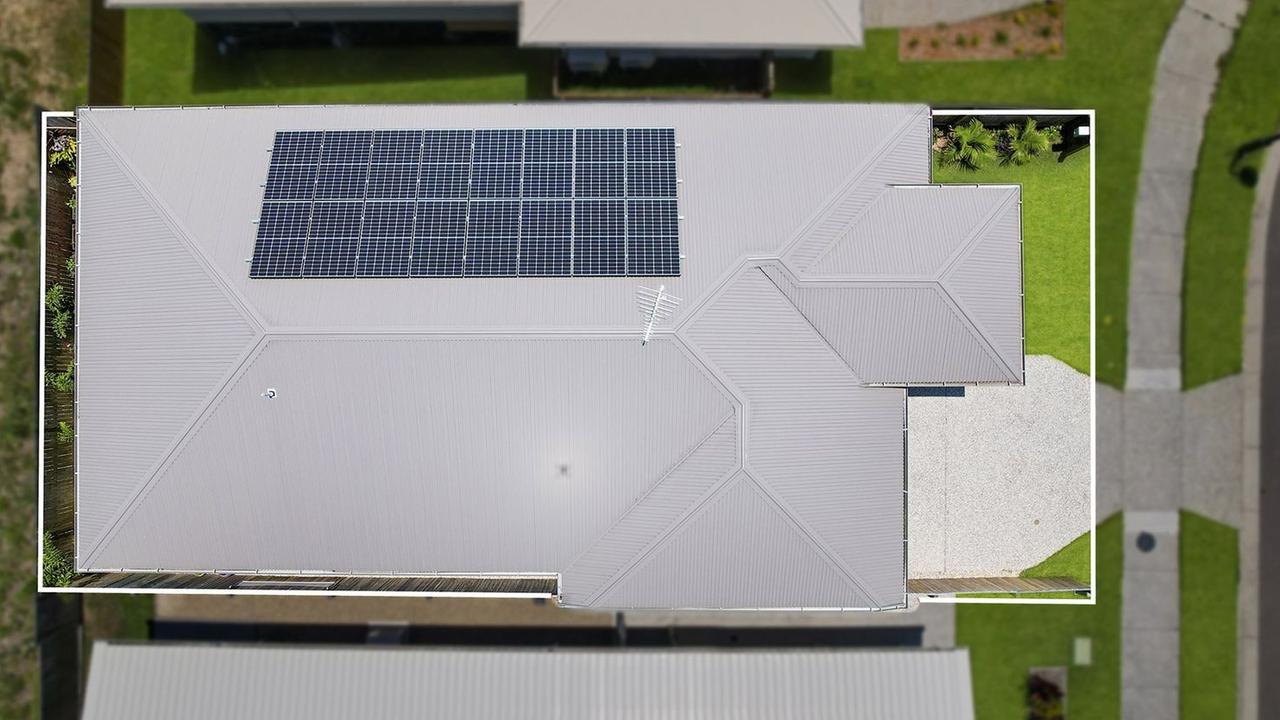
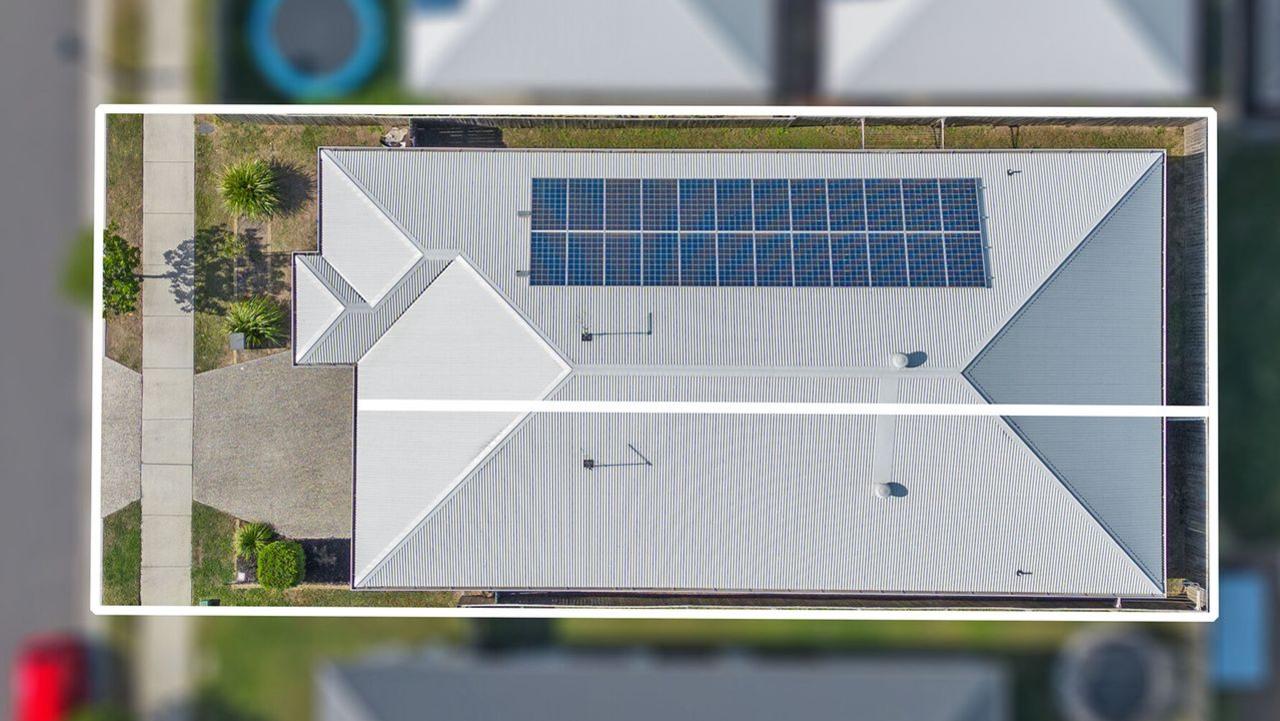
Back in 2010, housing expert Tony Hall from Griffith University’s urban research program wrote the book ‘The Death of the Australian Backyard’.
He plotted the drastic changes in home design that kicked off in the 1990s and sped up over the following years.
“Houses with large backyards ceased to be built,” Professor Hall wrote.
“Dwellings built since then now extend to within a few metres of the side and rear boundaries of the lot. This change has not been subtle or gradual in either space of time. It is a phenomenon that is immediately apparent from any aerial view.”
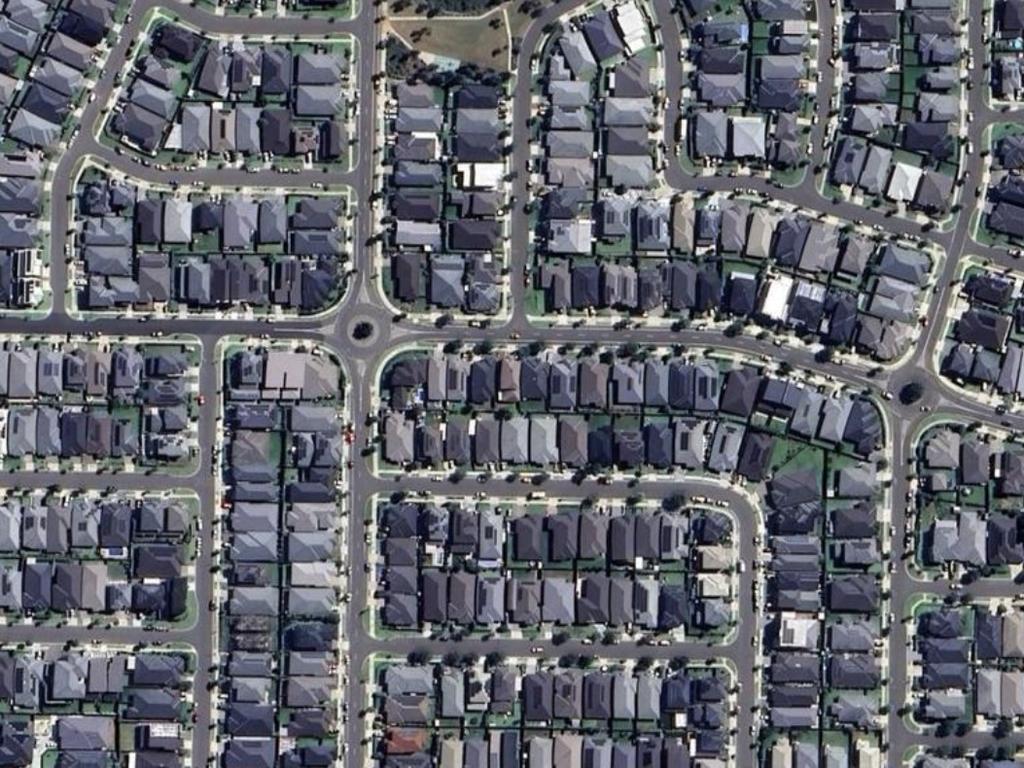
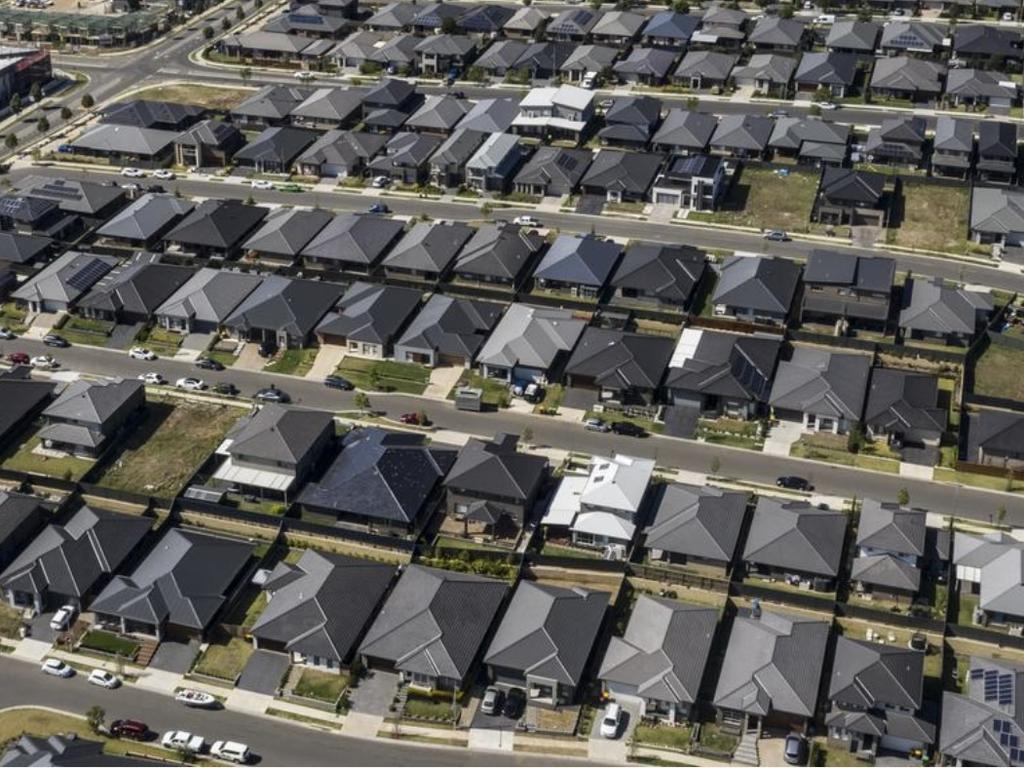
These dense suburbs filled with detached housing are on the fringes of major cities, where urban sprawl has run uncontrolled for many years now.
A debate about housing development has been reignited by the country’s mad scramble to address a supply shortage and affordability crisis.
Prime Minister Anthony Albanese’s ambitious plan to build 1.2 million new dwellings in five years hinges heavily on higher density living, particularly via mid-rise apartment complexes.
Since the onset of the Covid pandemic, home prices nationally have boomed by 38.1 per cent to $814,000, while prices across the capital cities have leapt 33.6 per cent to almost $900,000.
At the same time, tenants have been squeezed by rapid rental price hikes on the back of soaring demand and dwindling supply.
In the year to December 2024, the median weekly rent at a national level rose 4.8 per cent year-on-year, on top of an 8.1 per cent rise in 2023, and 9.5 per cent in the year before that.
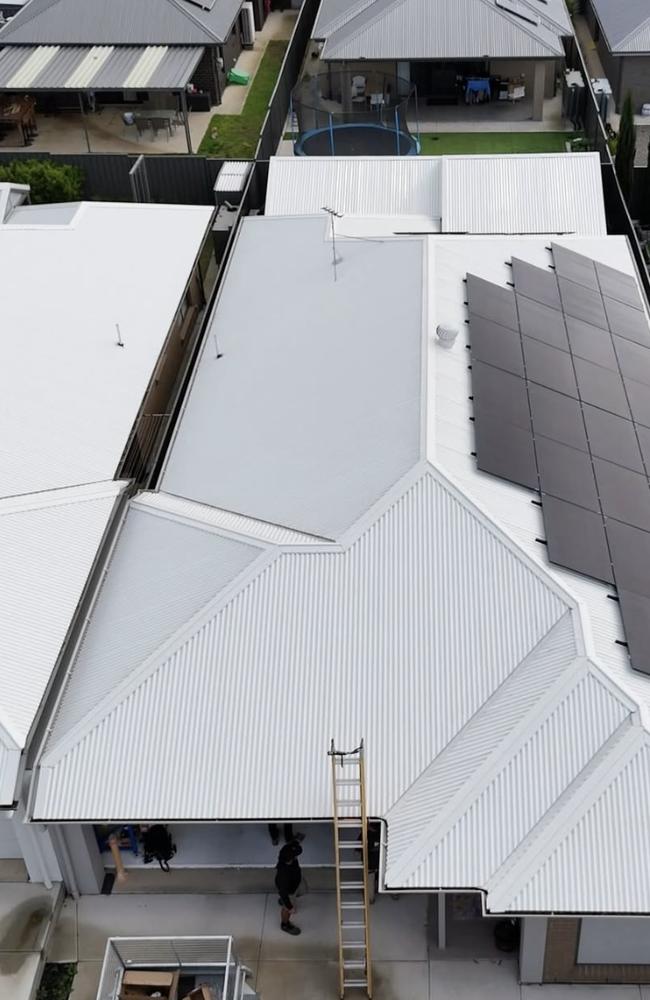
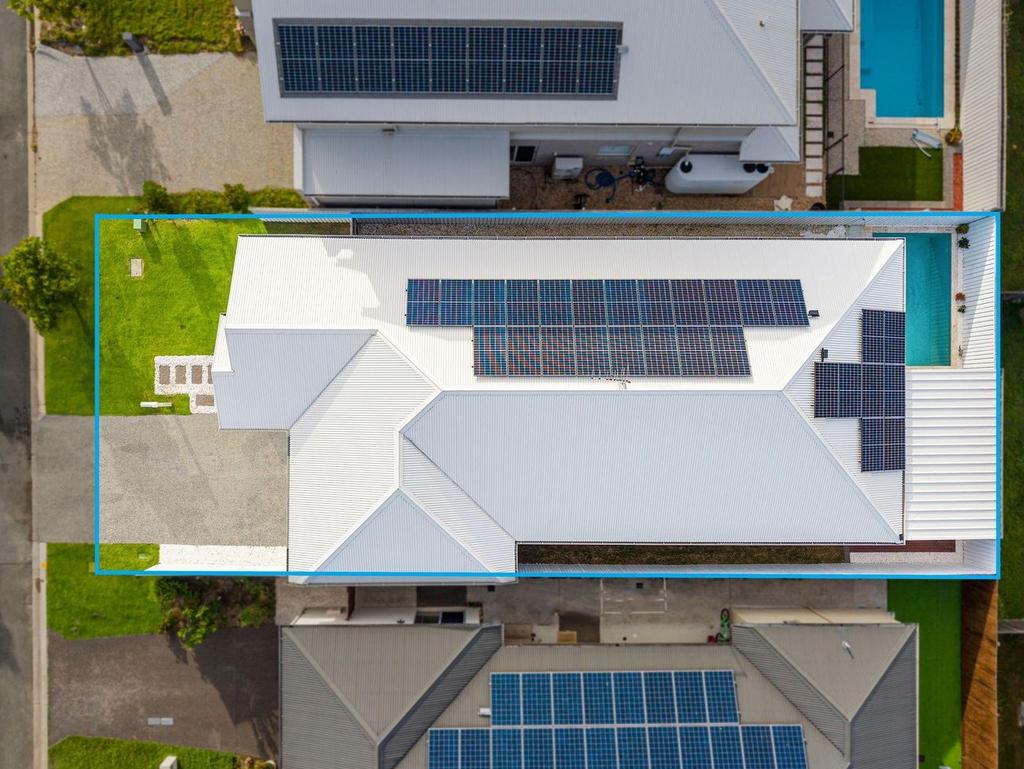
Authorities in the country’s two largest cities have grand plans to dramatically increase the proportion of dense developments, in a bid to house rapidly ballooning populations.
The New South Wales Government’s flagship housing supply policy will see planning changes to encourage transport-oriented developments within 400 metres of 37 train stations.
That will make way for an estimated 170,000 new dwellings – predominantly medium- and high-density apartments.
“Sydney needs, and can accommodate, more density in these locations, but it needs to be done well,” Committee for Sydney planning policy manager Estelle Grech said.
“Parks, schools, libraries, and public spaces are critical for ensuring these new neighbourhoods remain liveable and resilient for generations to come, and we hope they’ve been factored in.”
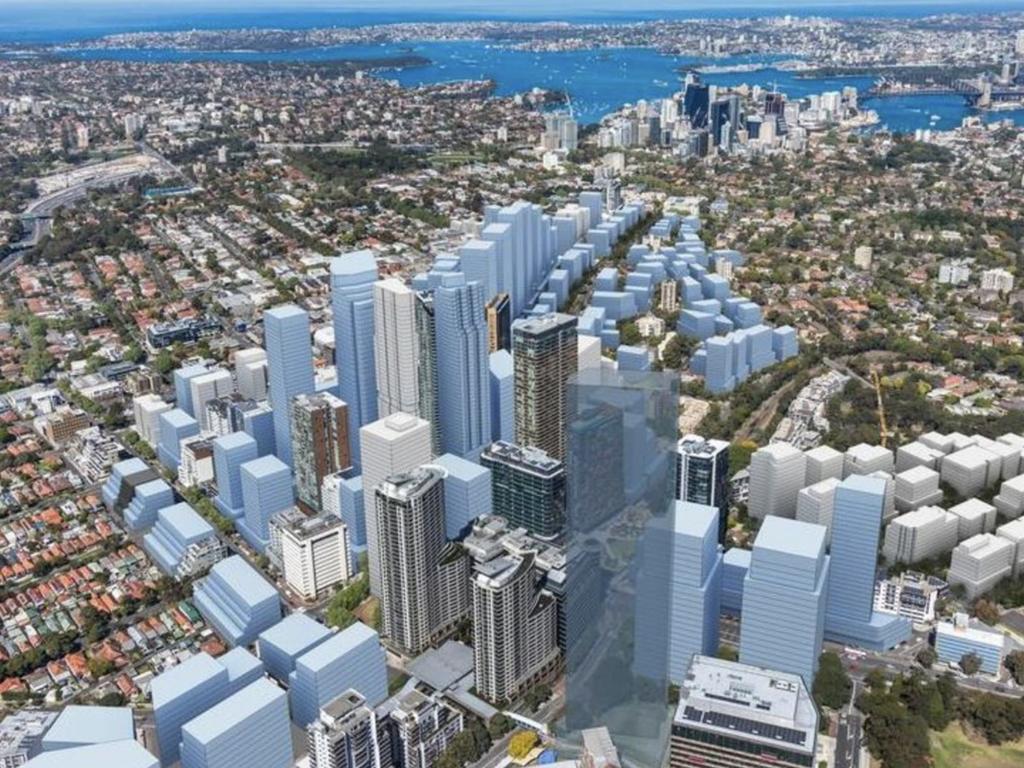
Similarly, the Victorian Government’s Suburban Rail Loop project will allocate density provisions around six new stations, resulting in some 70,000 new dwellings.
And other major centres across the country are also turning to greater density to manage soaring resident bases.
Meanwhile, in Brisbane, Lord Mayor Adrian Schrinner warned in early 2023 that there was little space left for traditional housing estates, requiring new development to be contained within existing suburbs.
And in Adelaide, several new growth corridors along major transport routes have been identified, with authorities proposing increased density.
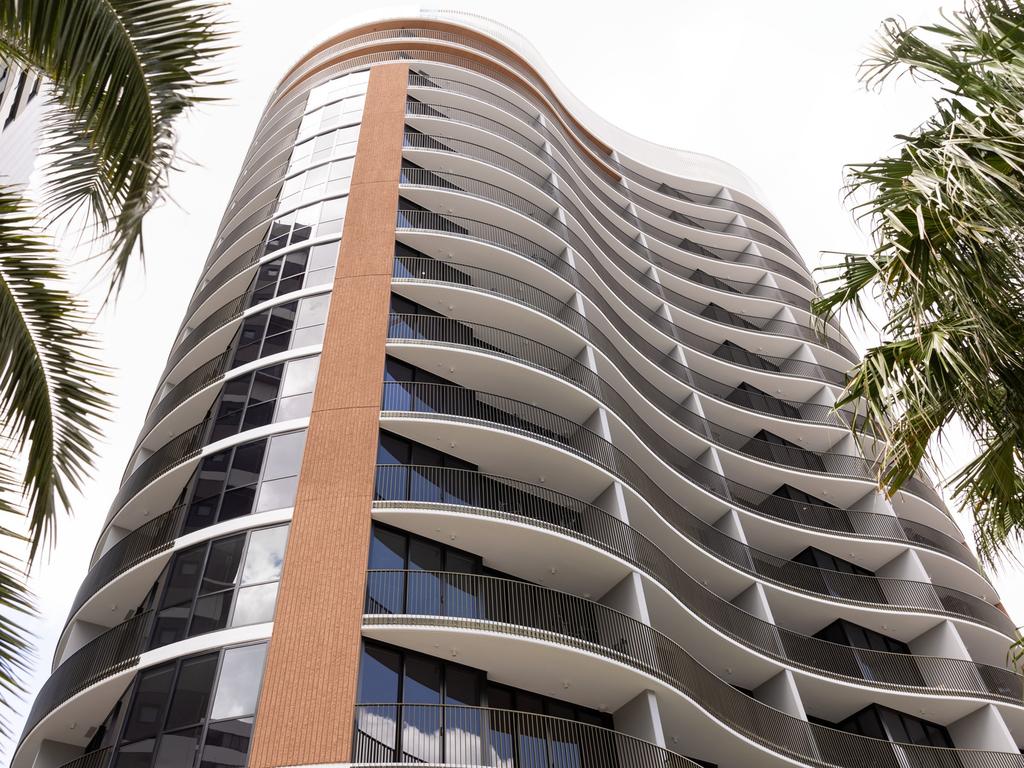
Those concerned about the impacts of denser cities, alongside Australians mourning the inevitable loss of the good-old backyard, don’t need to panic imminently.
CoreLogic economist Kaitlyn Ezzy said building commencements have trended lower in recent times, with the figure for the year to June 2024 hitting a decade low.
On top of that, dwelling approvals over the year to November 2024 were 7.1 per cent below the 10-year average.
“These factors combined have contributed to an increasing number of liquidations, with 2,832 construction companies becoming insolvent in the 2023-2024 Financial Year, representing the greatest proportion of company collapses.”
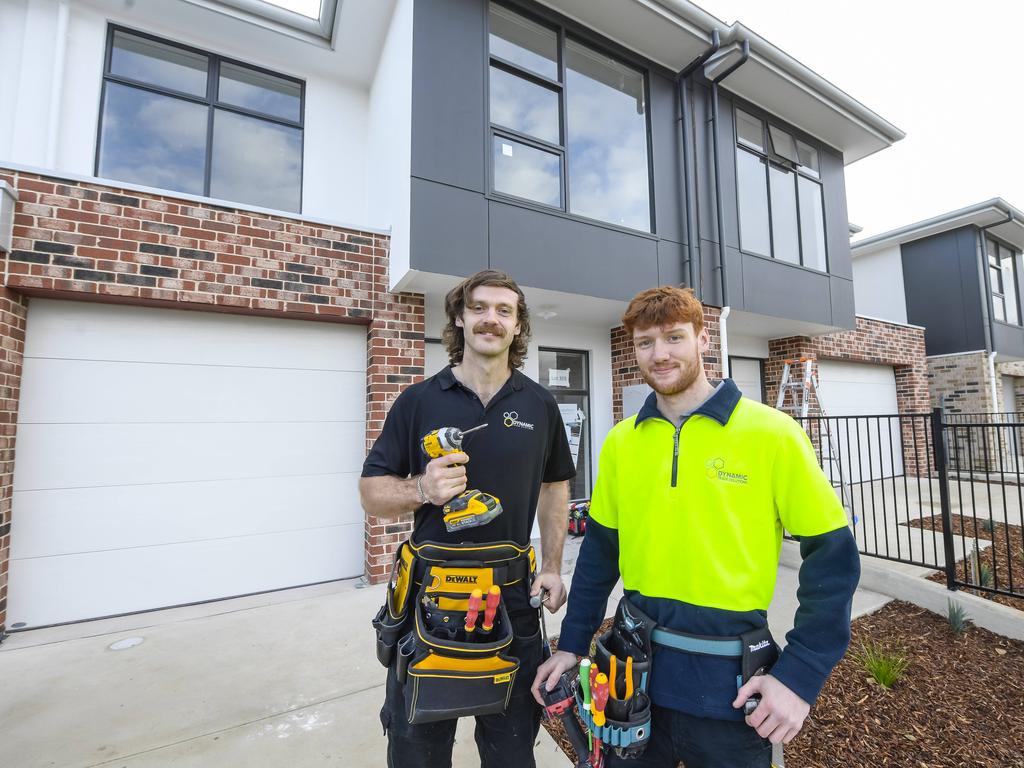
According to the Urban Taskforce, the data on dwelling approvals shows there’s a “mountain to climb” when it comes to new apartment supply.
The figures expose a “chaotic trend” in the wrong direction despite state and federal initiatives to boost development.
In the year to November, the total number of dwellings approved in NSW was 42,109 – a whopping 34,000 fewer than required to meet the state’s National Housing Accord quota.
Drilling into the numbers, Tom Forrest, Urban Taskforce’s chief executive, said development activity within the State Government’s 37 TOD precincts has been “extremely disappointing”.
“Comparing states, we see NSW’s continued downtrend against Victoria and Queensland, which maintain a more stable trend, closer to their targets and a higher dwelling approvals per capita rate than NSW,” Mr Forrest said.




